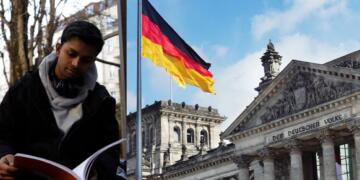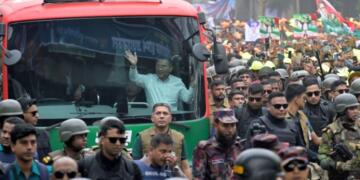Explore and Learn about The Major Dance Forms in Mizoram
Take a vibrant tour of the Major Dance Forms in Mizoram and Mizoram’s diverse cultural landscape as we explore the intricate dance forms that are the state’s main expressions of tradition and identity.
The Major Dance Forms in Mizoram
Let’s explore The Major Dance Forms in Mizoram, where a variety of enthralling forms bring traditions to life. These are the top ten dance styles in Mizoram, along with a brief description of each:
Cheraw: Cheraw is an original bamboo dance in which performers move deftly and rhythmically clap bamboo sticks together. It’s a rhythmic exhibition of coordination and agility rather than just a dance.
Khuallam: During harvest festivals, a happy group dance known as khuallam is performed. Dancers gracefully move in a circle, symbolizing the community’s harmony and joy.
Chawnglaizawn: This traditional warrior dance is called Chawnglaizawn. Dancers dressed in traditional garb execute complex routines that capture the bravery and strength of the Mizo warriors.
Sarlamkai: This dance commemorates the approach of spring. Dancers’ exuberant gaits convey the happiness and vitality of the blossoming season.
Chheihlam: The Chapchar Kut festival in Mizoram features the Chheihlam dance. Through rhythmic movements, dancers in vibrant costumes highlight the region’s rich cultural legacy.
Sikpuiruoi: At the Mizoram Bamboo Festival, young girls perform the Sikpuiruoi dance. The dance displays the beauty of Mizo traditions and is a graceful expression of femininity.
Tlanglam: Tlanglam is a harvest dance in which participants carry the first fruits of the year in a procession. It represents appreciation and the value of agriculture in Mizo culture.
Champu: Champu is a colorful dance style that is done for a variety of festivals. Dancers, who are frequently in pairs, move in vivacious steps that foster a joyous and celebratory atmosphere.
Chailam: The Pawl Kut festival in Mizoram features the Chailam dance. It entails dexterous hand and foot movements that tell Mizo life and culture stories.
Also Read: Groom Opposite Gender and 10 Lines
Mui Pui: The Hmar people of Mizoram are the originators of this style of dance. Circular motions and footwork are used to produce an amazing visual display.
These dance styles are the Major Dance Forms in Mizoram, which have been proudly and enthusiastically passed down through the generations, not only provide entertainment but also reflect the rich culture of Mizoram.


































